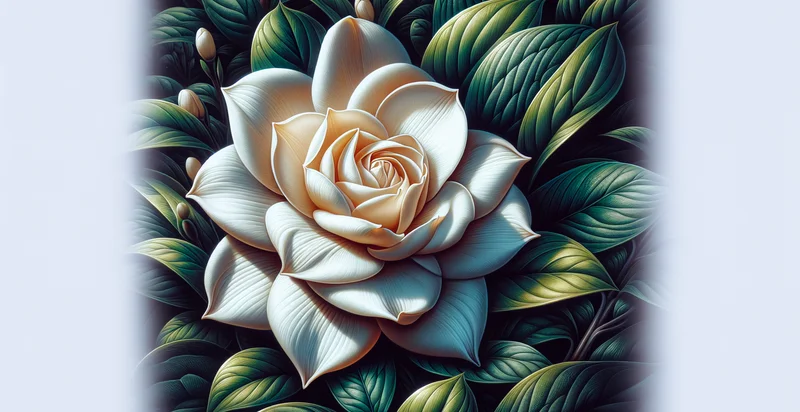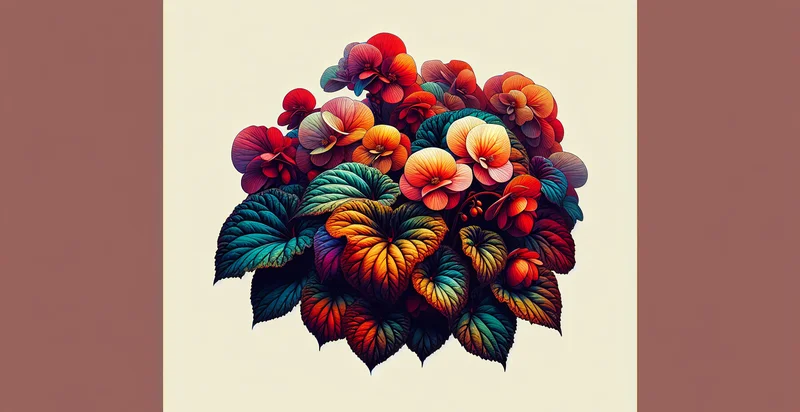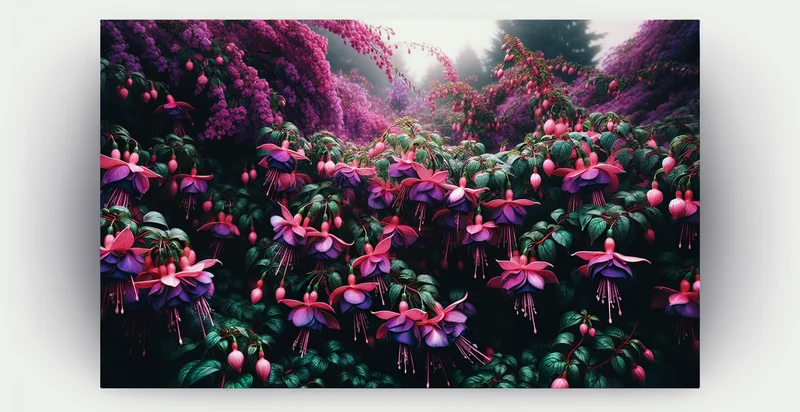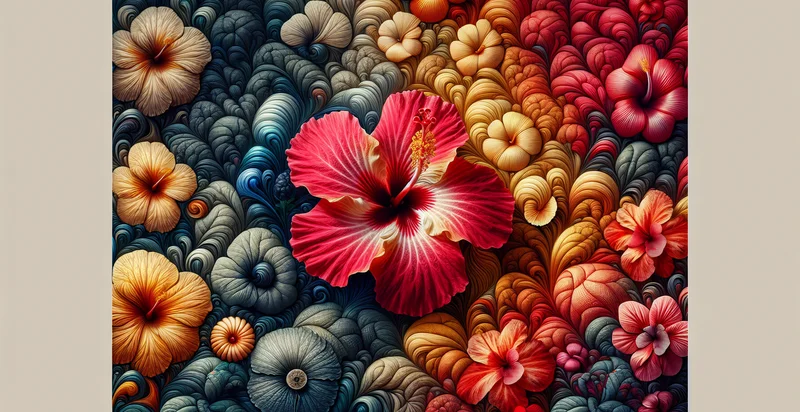Identify is this a gardenia
using AI
Below is a free classifier to identify is this a gardenia. Just upload your image, and our AI will predict if it's a gardenia - in just seconds.

Contact us for API access
Or, use Nyckel to build highly-accurate custom classifiers in just minutes. No PhD required.
Get started
import nyckel
credentials = nyckel.Credentials("YOUR_CLIENT_ID", "YOUR_CLIENT_SECRET")
nyckel.invoke("is-this-a-gardenia", "your_image_url", credentials)
fetch('https://www.nyckel.com/v1/functions/is-this-a-gardenia/invoke', {
method: 'POST',
headers: {
'Authorization': 'Bearer ' + 'YOUR_BEARER_TOKEN',
'Content-Type': 'application/json',
},
body: JSON.stringify(
{"data": "your_image_url"}
)
})
.then(response => response.json())
.then(data => console.log(data));
curl -X POST \
-H "Content-Type: application/json" \
-H "Authorization: Bearer YOUR_BEARER_TOKEN" \
-d '{"data": "your_image_url"}' \
https://www.nyckel.com/v1/functions/is-this-a-gardenia/invoke
How this classifier works
To start, upload your image. Our AI tool will then predict if it's a gardenia.
This pretrained image model uses a Nyckel-created dataset and has 2 labels, including Is A Gardenia and Is Not A Gardenia.
We'll also show a confidence score (the higher the number, the more confident the AI model is around if it's a gardenia).
Whether you're just curious or building is this a gardenia detection into your application, we hope our classifier proves helpful.
Related Classifiers
Need to identify is this a gardenia at scale?
Get API or Zapier access to this classifier for free. It's perfect for:
- Plant Identification for Retail: Garden centers and nurseries can utilize the 'is this a gardenia' function to help customers identify plants before making a purchase. This tool can enhance customer experience by providing instant information about the species, care requirements, and compatibility with other plants.
- Educational Tools for Botany Students: Educational institutions can integrate the identifier into their botany or horticulture curricula, allowing students to quickly learn to identify gardenias in the field. This hands-on approach enhances learning through visual recognition and encourages practical knowledge in plant sciences.
- Gardening Apps: Mobile applications for gardeners can incorporate the identifier to assist users in distinguishing gardenias from similar plants. Users can take a snapshot of a plant in their garden or local area to confirm its identity, aiding in better garden planning and management.
- Landscaping and Design Services: Landscaping companies can use the identifier to streamline their plant selection process. By correctly identifying gardenias, designers can ensure they are using appropriate species in projects, thus improving client satisfaction with the plant aesthetics and care requirements.
- Invasive Species Monitoring: Environmental agencies can apply the identifier to assist in monitoring and managing gardenia species in various ecosystems. By accurately identifying these plants, officials can assess their impact on local flora and help implement conservation strategies.
- E-commerce Platforms for Plants: Online marketplaces can leverage the identifier in their product listings to provide buyers with confirmation about the plants they are purchasing. This feature can reduce return rates and increase customer trust in the accuracy of product descriptions.
- AI-driven Plant Care Assistants: Smart home devices or virtual assistants can integrate the identifier to support users in maintaining their gardenias. By confirming the plant's identity, the system can offer tailored care tips, watering schedules, and pest management advice for optimal growth.


